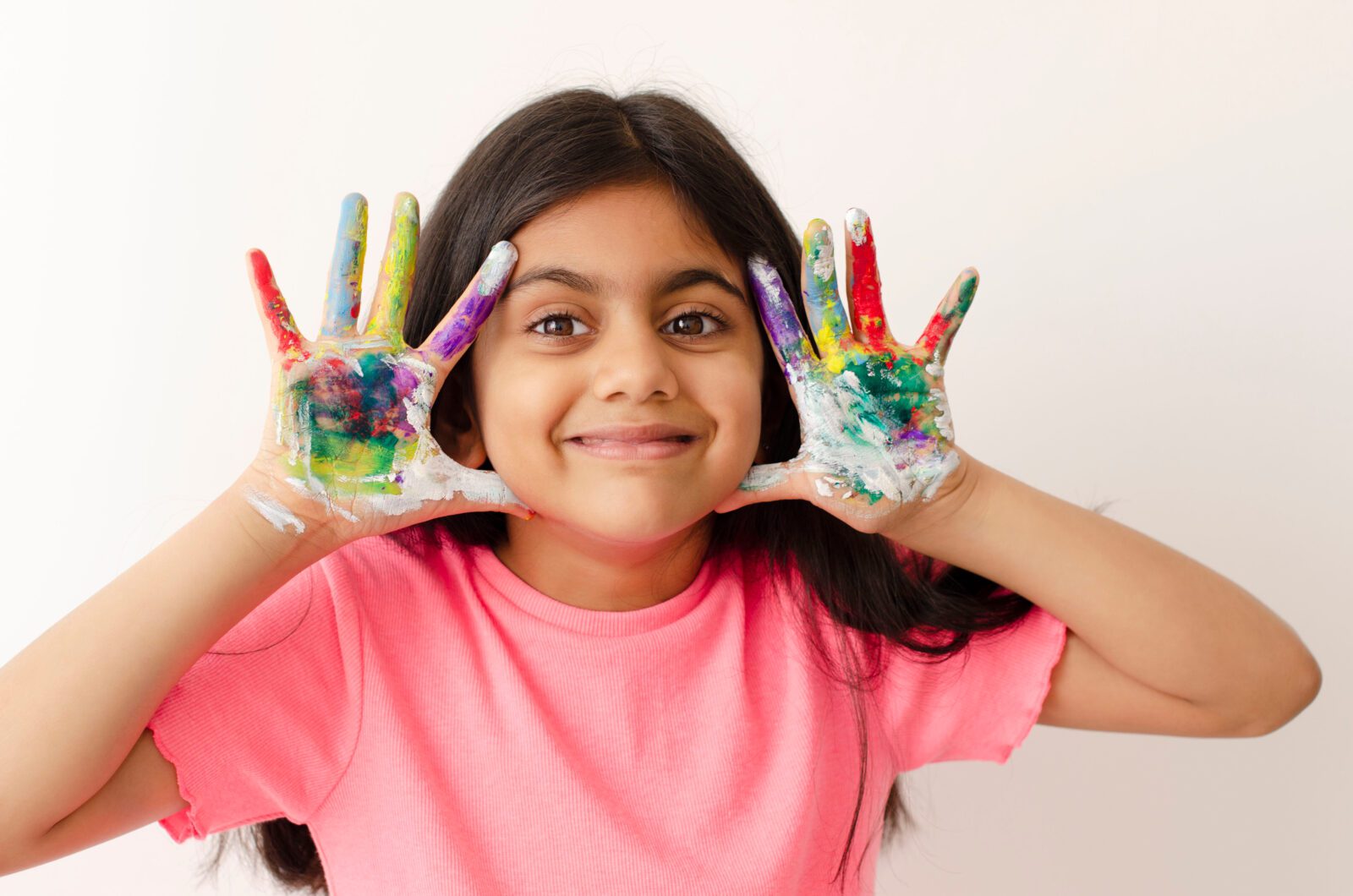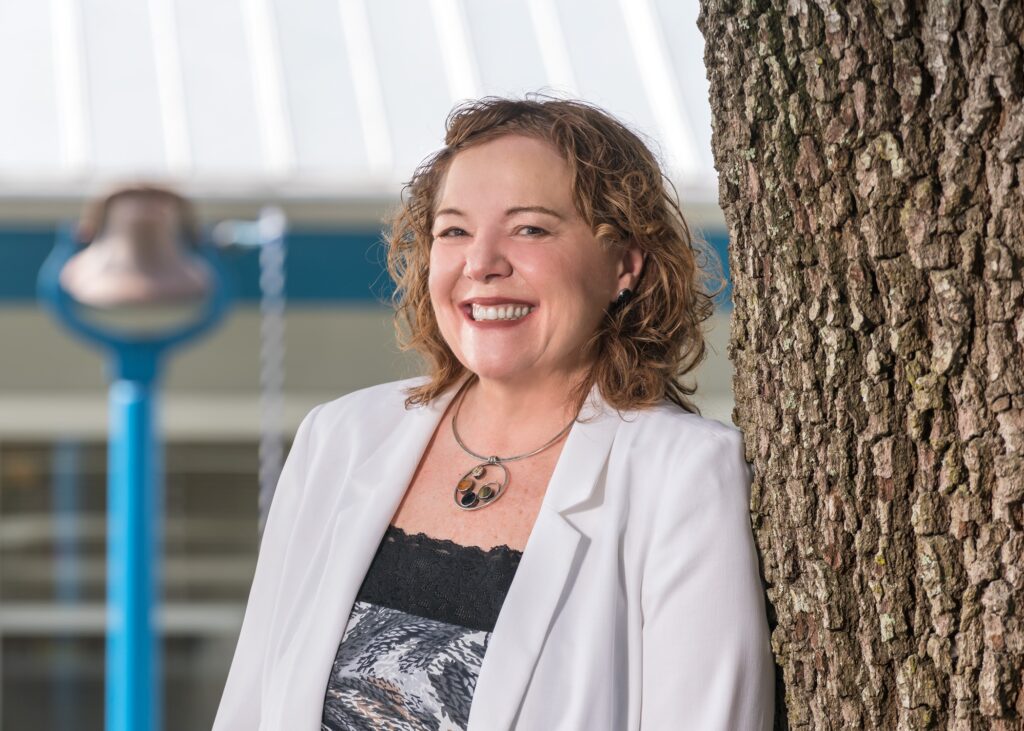
The Vital Role the Arts Play in a Well-Rounded Education
By Christina Miller
Today’s children will inherit the 21st century, requiring necessary skills. The skills learned from the core subjects, such as language arts, mathematics, science and social studies, will continue to be emphasized with a strong focus on science, technology, engineering and math (STEM).
More evidence is building, however, that these subjects are best developed alongside a component of education in the arts (STEAM). Capabilities that also are singled out include problem-solving and critical thinking. Brain research supports the idea that art education strengthens the skills needed to be successful in school, and ready for the 21st-century working world.
Howard Gardner’s list of eight intelligences is inherent to all humans. They are:
- Spatial
- bodily and kinesthetic
- logical-mathematical
- linguistic
- musical
- social interpersonal
- self-awareness intrapersonal
- naturalistic
A well-rounded education should include opportunities to develop all eight intelligences, preparing students for life.
The core subjects dovetail and overlap with the humanities and the great works of mankind and are best delivered and understood in integrated themes.
When people initially think of art, they usually conjure up thoughts of paintings and sculptures. Given a little more time, music comes to mind, as well as literature, poetry, dance and other performing arts. In theme-based learning, components of all these strands unite, not only for the artist-creator-performer but also for those responding to works of art, becoming inspired and building their own creativity vicariously.
Creativity is not only problem-solving but the expression of one’s impressions. Two things are needed. First, children need many impressions, experiences and examples of art in which to internalize. Second, they need to have experiences of their own in all the art forms.
Visual Arts
Students benefit from being involved in the creative process of art in ways that teach them to develop their creative skills and imagination. Hand-eye coordination, focus, attention to detail and deep concentration are also developed through this medium. Ongoing participation in the visual arts develops self-confidence, self-discipline and flexibility.
Music
Howard Gardner’s “Frames of Mind: The Theory of Multiple Intelligences” describes musical intelligence as an ability to perform, compose and appreciate musical patterns. An inherent musical talent will often appear in childhood.
The educational impact of musical training goes beyond developing musical intelligence. Musical training actually changes the brain.
According to Daniel Levitin, director of the music perception, cognition and expertise laboratory at McGill University in Montreal, learning to play an instrument is an “ensemble activity.” This activity involves thinking ahead, paying attention, remembering, coordinating movement and being able to interpret feedback that is constantly coming to the ears and fingers. A whole-brain activity, music has been shown to change the nervous system in profoundly positive ways.
Dance and Movement
Dance and creative movement are natural in children. Even babies gyrate and sway their bodies, especially when they hear music. According to the Center for Movement Education and Research (CMER), this improves educational, social and cultural domains. Movement and dance promote body-mind awareness and activate multiple centers in the brain. Spatial and bodily-kinesthetic intelligence are developed through movement and dance.
Now more than ever, movement education should be taught in schools. Families should encourage children to gallop, hop and use their bodies outside the classroom. Ballet, tap, karate and gymnastics classes are abundant in Greater Gainesville.
Performing Arts
Drama, too, is spontaneous in child’s play. They pretend to be a parent or stretch like a superhero when given the opportunity to make-believe. Drama provides fertile ground for developing several of Gardner’s eight intelligences, especially intrapersonal and interpersonal skills, as well as memory and concentration.
Performing arts programs with theater production components offer children the chance to create sets, sing, dance, act, speak publicly and learn about the technologies of lighting and sound.
The arts are the greatest collaborator within theme-based learning, allowing students to develop creativity, leadership and cooperative decision-making. Also acquired are communication and higher-level thinking skills, such as deductive reasoning and creative brainstorming abilities.
Art education, with all its strands, is necessary in and of itself but it also enhances all the core subjects. Today, STEM subjects are garnering much attention, and it is clear— these skills are best developed when combined with education in the arts (STEAM).
– Christina Miller. Owner/Head of School at the Millhopper Montessori School, LLC. MMS is an independent, for-profit Montessori school, founded by Miller in 1977. MMS serves children from age two through middle school, is accredited by the Florida Council of Independent Schools and is affiliated with the American Montessori Society. MMS is proud to have second-generation families and employed alumni, as well as a strong collaboration of past and present families.





